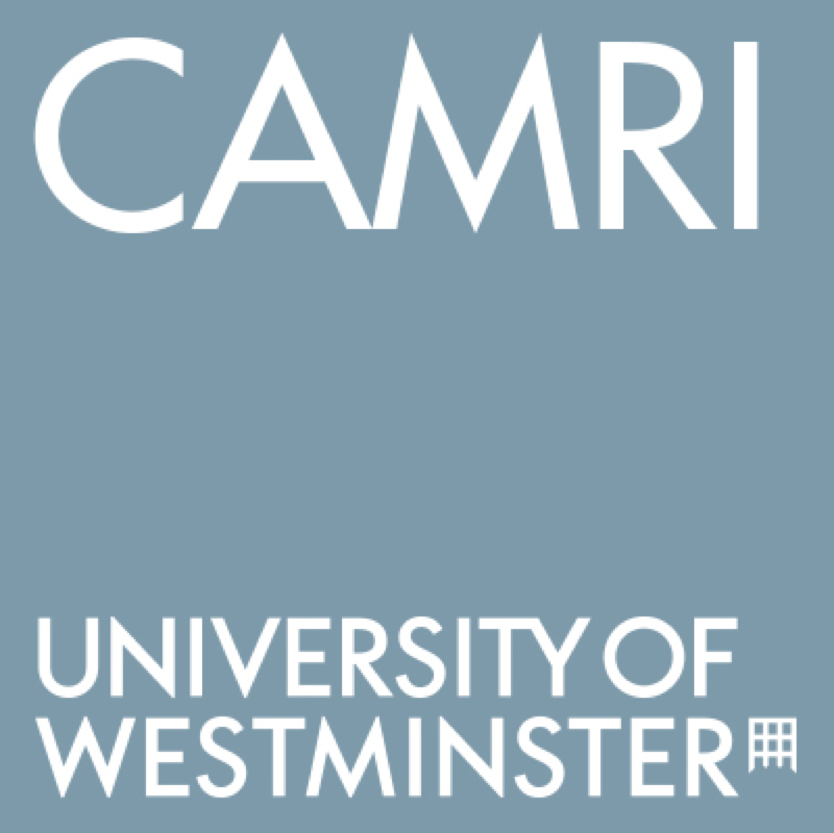Beneath the sun-bleached skies of the Caribbean, where the Atlantic’s azure waters merge with the Gulf of Mexico’s warmer currents, a modern geopolitical drama continues to unfold. This body of water, christened the Golfo de México by Spanish cartographers in the early 17th century, has become the latest flashpoint in a centuries-old struggle: who holds the power to name the world?
In April 2025, the US House of Representatives voted 211–206 to pass the Gulf of America Act – a legislative push to rebrand the basin as the ‘Gulf of America’. The move codifies Executive Order 14172, which President Donald Trump signed on his inauguration day, 20 January 2025, stating the US ‘do most of the work there, and it’s ours’. Critics see this as a clear move of domination – an imperialist power grab designed to erase 400 years of regional identity.
The Gulf’s nomenclature has always been political. Spanish explorers mapped it as part of Nueva España, while 19th-century U.S. expansionists eyed its coasts during the Mexican–American War. Today, 44 per cent of the Gulf’s waters lie within the US Exclusive Economic Zone, and while just under 50 per cent is within Mexico’s EEZ, its identity remains tethered to Mexico – a symbolism the Act seeks to sever.
While Trump’s comments were seen by many as problematic, it was the entrance of Google that turned the matter on its head. Within hours of the House vote, the tech giant rolled out an algorithmic split: U.S. users now see ‘Gulf of America’, while Mexican and international audiences still encounter ‘Gulf of Mexico’. This digital sleight of hand has drawn fierce criticism. The changes move Google from being a mapmaker towards being a quasi-diplomat. By complying with the U.S. order but localising the change, they are walking a tightrope between corporate interests and geopolitical realities.
Mexico’s foreign ministry has denounced the renaming as a violation of its historical and legal sovereignty, and is now preparing to bring a lawsuit against Google.
…
Read full article on Geographical.
Photo from Google Maps.












